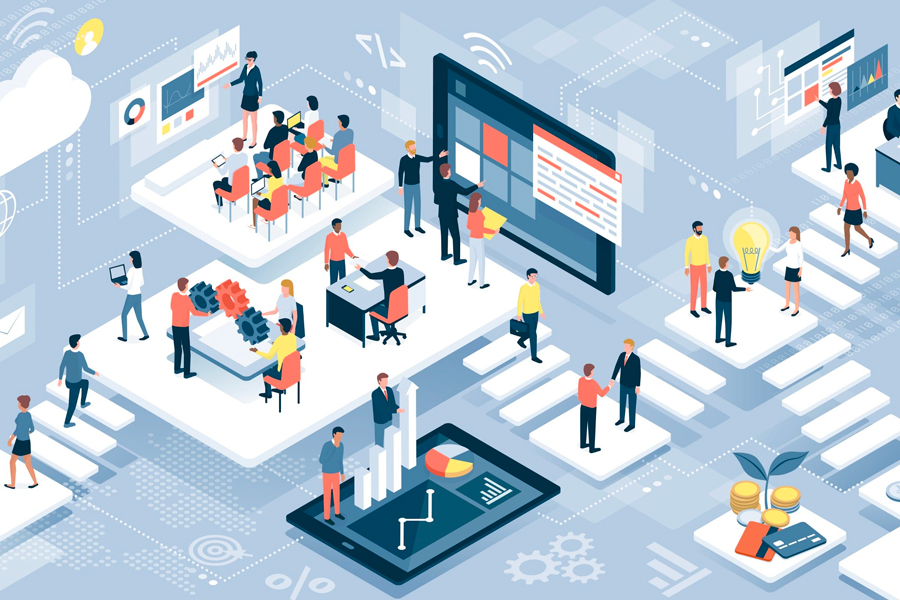Effective monitoring solutions are more important than ever in the fast-paced world of software development and IT management. Observability platforms are the foundation of modern system monitoring, giving enterprises new insights into their complex and dispersed systems. In this post, we’ll discuss what is an observability platform and how they ensure the reliability and performance of today’s complex software systems.
Understanding Observability
Observability, the extent to which external outputs can reveal a system’s internal states, has become popular in system monitoring. Observability is more dynamic than standard monitoring, which collects predefined data. It requires understanding a system’s behaviour, internal workings, and troubleshooting. Thus, an observability platform is a combination of tools, technologies, and processes that let an organization monitor and understand its systems’ performance, reliability, and health in real time.
Key Observability Platform Components
Metrics
Metrics are quantifiable metrics that provide a snapshot of system health and performance. Observability platforms track response times, error rates, and resource usage. These measurements assist teams spot system trends, anomalies, and bottlenecks.
Logs
Logs are textual records of events, faults, and other pertinent information generated by applications and systems. Team search, analysis, and correlation are easier with observability platforms that collect and index logs. This helps debug and comprehend difficulties.
Traces
Traces can provide a thorough view of request flow across components in a distributed system. Observability platforms use distributed tracing to monitor a request through micro-services or components, helping teams uncover latency issues and transaction performance.
Alerting and Notification
Observability platforms notify teams of deviations from regular behaviour or predefined thresholds. Alerts help teams fix issues before they affect users, making the system more reliable.
Visualization and Dashboards
Effective visualization and dashboards are essential for analysing the large amount of data collected by observability platforms. Dashboards organize and visualize critical metrics, logs, and traces for easy analysis.
Machine Learning and Anomaly Detection
Some advanced observability platforms use machine learning algorithms to automatically spot patterns, anomalies, and trends in data. This proactive strategy lets teams spot and resolve issues before they worsen.
The Role of Observability Platforms in Modern IT
As firms implement micro-services and distributed architectures, monitoring and troubleshooting become exponentially more difficult. Observability systems help navigate and understand complex service interactions in such environments.
DevOps and Continuous Delivery
Continuous delivery and DevOps approaches rely on observability to foster collaboration between development and operations teams. Observability solutions speed up and improve continuous delivery pipelines by offering real-time insights into code changes’ effects on system behaviour.
Root Cause Analysis
Effective root cause analysis is essential for addressing issues promptly. By correlating metrics, logs, and traces, observability platforms enable detailed root cause analysis, speeding resolution and improving system reliability.
User Experience Monitoring
Observability includes end-user experience, not only backend systems. By monitoring user interactions, observability platforms enable enterprises learn how system changes affect users, enabling proactive user satisfaction and retention.
Conclusion
Observability platforms are essential for enterprises navigating current IT landscapes. These platforms help teams create, deploy, and maintain resilient software systems by offering a holistic picture of system behaviour through metrics, logs, traces, and other components. Observability platforms will increasingly shape how enterprises monitor and optimize their digital ecosystems as technology advances. Observability platforms demonstrate how system monitoring has changed in the digital age to improve reliability, performance, and user pleasure.





